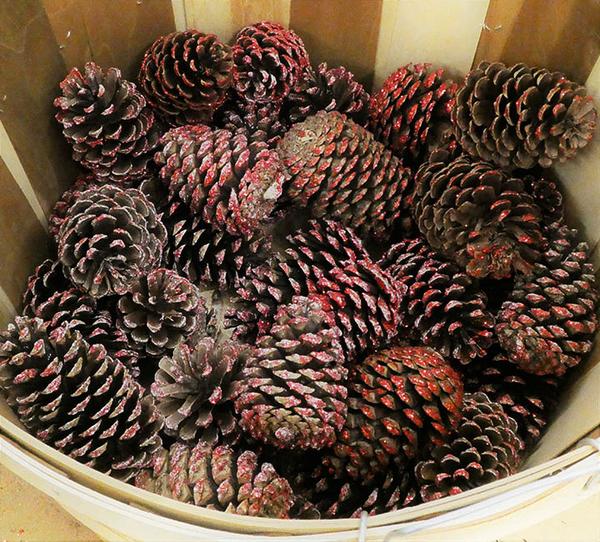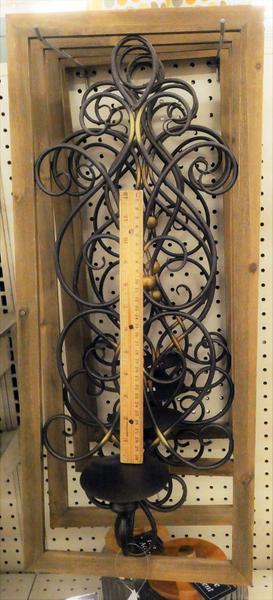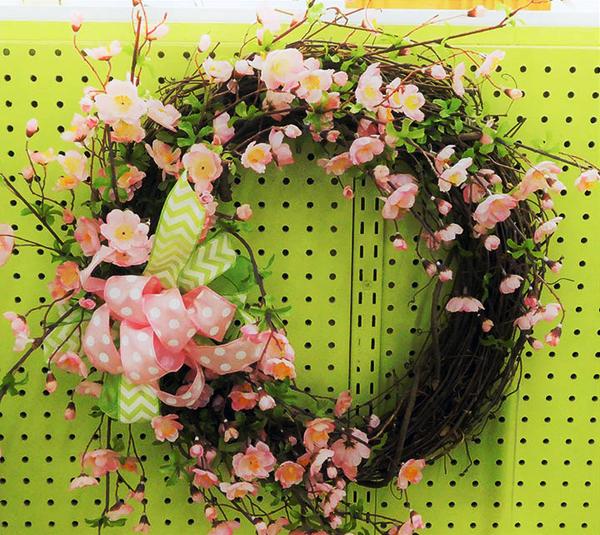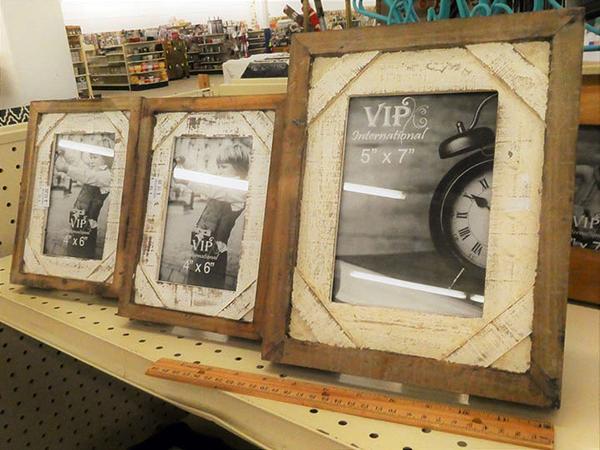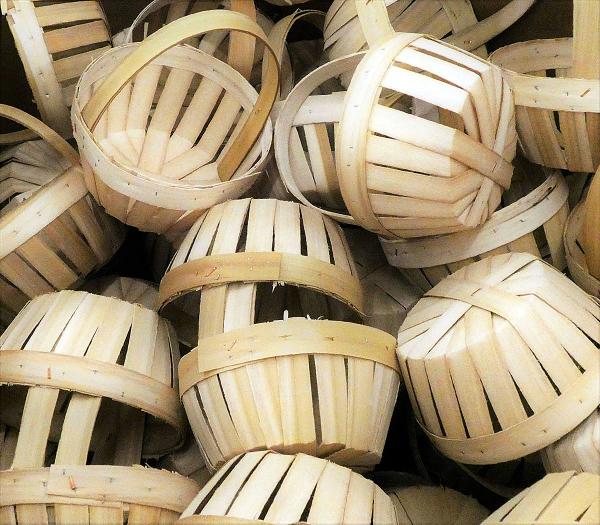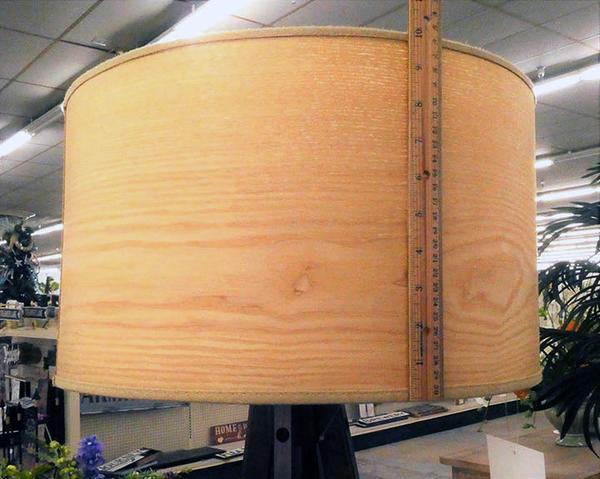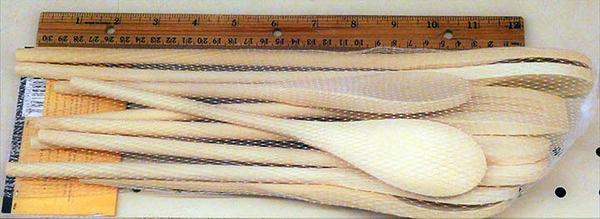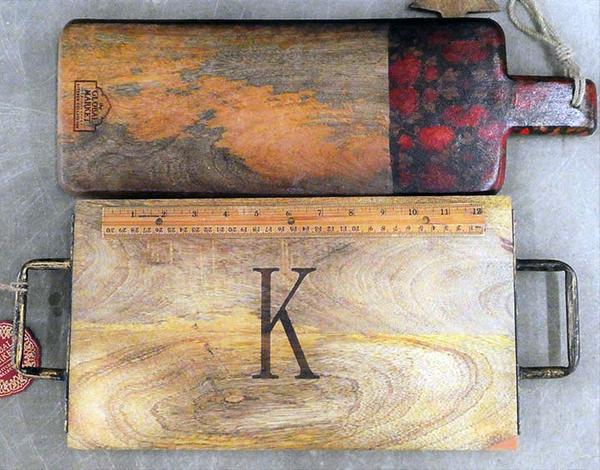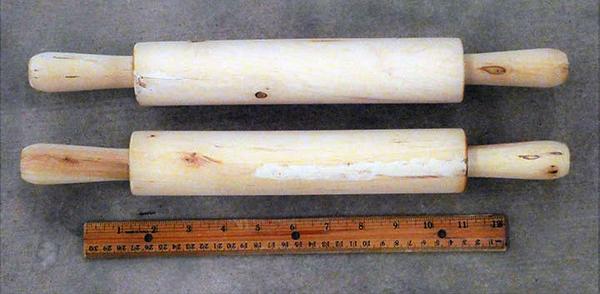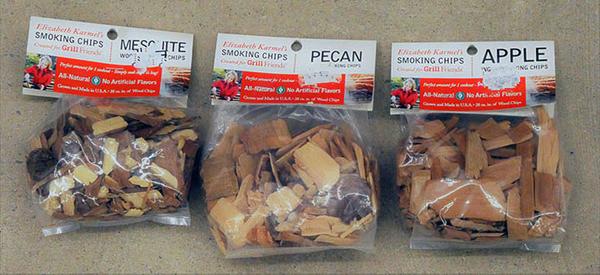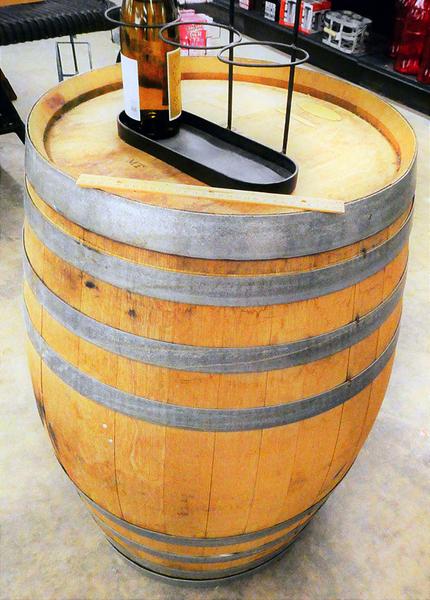Introduction
We were tasked with creating two publications highlighting some of the wood products produced in North Carolina. The first, AG-853 Construction Materials, Furnishings, and Landscaping Goods, contains information on construction materials and furnishing goods, and this publication contains information on arts and crafts supplies and specialty goods. Our aim is to educate land, farm, and forest owners about potential products that can be created from any wood they own or grow on their land.
Art and Craft Goods
Cork Products
Product Type: Craft product or food storage product
Description: Cork is a wood byproduct that can be used as part of shoes (such as cork wedges), fashioned into cork stoppers for bottles, or used as a craft material.
Applications: Used for decoration, crafts, or for the storage of beverages such as wine
Markets: Arts/crafts stores, general goods stores, wine/alcohol stores
Characteristics: Light in color. Raw material is bark (specifically oak bark) that is small and extremely lightweight.
Production Processes: Cork products are made when planks of cork bark are cut off cork oaks, boiled until soft, and either hand or machine punched out to become cork stoppers.
Raw Material Quality Requirements: Low-medium
Decorative Braided Veneers
Product Type: Decoration or crafting item
Description: Small strips of veneer are braided together to create a longer strip that can be used in crafting or as decor on their own.
Applications: Decorative item
Markets: Arts/crafts stores
Characteristics: Light or dark in color. Raw material: veneers in varying lengths, thin, and very lightweight.
Production Processes: Braided veneer is created by simply cutting thin veneers and braiding them together. Color dyes can be added to the veneer pieces to enhance the decorative element of the veneer braid.
Raw Material Quality Requirements: Low
Decorative Flag Dowel Rods
Product Type: Decoration
Description: The dowel rod is the long skinny cylinder of wood that a flag is attached to and can have varying lengths depending on how large the flag is.
Applications: Component of a decorative item
Markets: General goods stores, arts/crafts stores
Characteristics: Usually hardwood but sometimes softwood, and usually light in color. Raw Material: solid wood, small in diameter with varying lengths and very lightweight.
Production Processes: Dowel rods are made by cutting solid wood into cylindrical rods. They can then be cut to any length. Cloth flags can be attached to longer rods for a decoration, but very short pieces can be used for structural supports in cabinetry, primarily the shelving.
Raw Material Quality Requirements: Low
Moss
Product Type: Gardening or crafting item
Description: Moss is a green colored plant that grows outdoors in moist, soft tufts or mats.
Applications: Plant that can be used as a landscaping or crafting item
Markets: Can be found outdoors, or in some crafting goods stores
Characteristics: Moss is naturally created, not by trees, but it is very often found growing on trees. It is dark green in color, small, and lightweight.
Production Processes: Moss is naturally occurring on trees and can be harvested to use in a variety of art and craft projects to make scenery more realistic.
Raw Material Quality Requirements: Low
Pencils
Product Type: A universally used writing and drawing instrument
Description: Pencils are writing utensils that can be manufactured for several purposes with a range of quality. They are simply a long slender piece of wood with graphite in the center. Pencils can be made to be low quality writing utensils, or they can be made to be high quality artists sketching tools.
Applications: Used by almost anyone for writing. Large places of use include schools and offices. Primary uses include writing and drawing.
Markets: Arts/crafts stores, general goods stores, schools
Characteristics: Softwood, usually light in color. Raw material: wood slabs.
Production Processes: Grooves are cut into large slabs of wood so that the graphite writing component can be placed into the grooves. A second slab of grooved wood is glued on top to encase the graphite.
Raw Material Quality Requirements: Low-medium
Pine Cones
Product Type: Gardening or crafting item
Description: Pine cones are natural by-products of pine trees.
Applications: Used as a landscaping item or indoor decoration
Markets: Can be found outdoors, or in some crafting goods stores
Characteristics: Pine cones are produced by pine trees and naturally fall off the tree. They are greyish in color, small to relatively large in size, and lightweight.
Production Processes: Pine cones are naturally produced by trees, making manufacturing unnecessary. Pine cones can be used as decorative elements.
Raw Material Quality Requirements: Low
Popsicle Sticks
Product Type: A crafts, cooking, or hygiene product
Description: Popsicle sticks are thin, elongated, oval shaped pieces of wood that can be used as a hygiene tools, crafting items, or cooking and food serving tools.
Applications: Crafts, cooking, hygiene (tongue suppressors)
Markets: Crafting stores, cooking goods stores, general goods stores
Characteristics: Hardwood or softwood, light in color. Raw material: veneers.
Production Processes: Popsicle sticks are made similarly to toothpicks. Wood logs are cut into veneers and steamed. Popsicle sticks are then punched from the veneers and dried.
Raw Material Quality Requirements: Low
Home Décor
Bird Houses
Product Type: Outdoor decorative item
Description: Bird houses are small, crafty, outdoor items that provide a place for birds to nest and lay eggs.
Applications: Used as a shelter for birds or as decoration
Markets: Arts/crafts stores, outdoor goods stores, general goods stores
Characteristics: Hardwood or softwood, light or dark in color (usually light). Raw material: solid wood or particleboard, 5 in. x 5 in. to 10 in. x 18 in. and lightweight.
Production Processes: Often made as a craft, bird houses are built from small, cut wood planks that are glued or nailed together into a box with an A-frame roof. A hole is then drilled through one of the sides of the box.
Raw Material Quality Requirements: Low-medium
Decorative Signs
Product Type: Specialty good
Description: Can be shaped, carved, or written on to suit the creator’s needs.
Applications: Used to give information or directions, or simply used as a decorative piece
Markets: Arts/crafts stores, home improvement stores, general goods stores
Characteristics: Hardwood or softwood, light or dark in color. Raw material: solid wood, varying in size and weight.
Production Processes: Solid wood planks that can be cut into any shape or size and written on or otherwise modified to convey the needed message.
Raw Material Quality Requirements: Low-high
Decorative Wreaths
Product Type: Decoration
Description: Decorative wreaths can be made from small woven branches and twigs and are typically placed on the exterior of doors on homes.
Applications: Decorative item
Markets: General goods stores, arts/crafts stores
Characteristics: Hardwood or softwood, usually dark in color. Raw material: twigs in varying sizes and lightweight.
Production Processes: Usually made from twigs being twisted and intertwined with each other into a thick circle. Ornaments and other decorations are often placed inside or on them.
Raw Material Quality Requirements: Low
Decorative Log Pieces
Product Type: Decoration
Description: Decorative logs are wood pieces or logs that are unique in shape and used as decoration purely for their aesthetic value.
Applications: Decorative item
Markets: Arts/crafts stores, outdoor goods stores
Characteristics: Hardwood or softwood, light or dark in color. Raw Material: solid wood logs, varying in size and heavy.
Production Processes: Plain, unprocessed, cut log.
Raw Material Quality Requirements: Low-medium
Decorative Wooden Letters
Product Type: Specialty good
Description: Wooden pieces that can come in any shape, size, or style of letters of the alphabet. Wooden letters can be used for educational purposes or combined with multiple letters to form crafty signs.
Applications: Decorative item in the shape of alphabetical letters
Markets: Arts/crafts stores
Characteristics: Hardwood or softwood, light or dark in color. Raw material: solid wood or particleboard, varying in size and lightweight.
Production Processes: Solid wood is directly cut into the shape of a letter. Size may vary, and the letter can be painted or varnished.
Raw Material Quality Requirements: Low-medium
Picture Frames
Product Type: Home good and decorative item
Description: A picture frame is a decorative edging for a piece of art or photograph. Inexpensive picture frames are typically made from softwoods and are relatively plain in decoration, but frames can also be made with more expensive materials, such as hardwood, to be more ornate.
Applications: Decorative item
Markets: Arts/crafts stores, general goods stores
Characteristics: Softwood, light or dark in color. Raw material: wood beams or particleboard in varying sizes.
Production Processes: Wood (various cheaper softwoods) is cut to the desired dimensions as specified by the manufacture and glued together to form a frame. Glass and metal components are added to complete the frame.
Raw Material Quality Requirements: Low-high
Wooden Peach Baskets
Product Type: Decor / basket
Description: Peach baskets are made from thin strips of wood. They are commonly used to gather produce and at farmers markets.
Applications: Decorative baskets that can be used to store other items
Markets: General goods stores, arts/crafts stores, also commonly found at farmers markets.
Characteristics: Hardwood or softwood, light or dark in color. Raw material: veneers, 8 to 12 in. in length and very light.
Production Processes: Peach baskets are made from thinly cut pieces of wood veneers that are folded and woven over each other to form the desired basket shape. A few small nails are then added to help hold the basket's joints together.
Raw Material Quality Requirements: Low
Veneer Lamp Shades
Product Type: Furnishing or decorative item
Description: A very thin strip of wood veneer is cut to size and wrapped into a circle. A plastic lining is added so that it can be used as a decorative lamp shade.
Applications: Provides the shade for a lamp so the bare bulb does not show
Markets: General goods stores, home improvement stores, home furnishings stores
Characteristics: Hardwood or softwood, usually light in color. Raw material: veneers, small, thin, and lightweight.
Production Processes: Veneer is cut, bent, and slipped inside of a frame around a lamp.
Raw Material Quality Requirements: Medium
Kitchen Goods
Cooking Utensils
Product Type: Specialty home good / cooking item
Description: Cooking utensils, such as spoons and spatulas, can be inexpensively made out of wood. It is extremely common to see wooden spoons in kitchens because they are excellent utensils for cooking. The wood used for wooden utensils can vary, but these tools are typically inexpensive to make.
Applications: Used as a kitchen cooking utensil
Markets: General goods stores, grocery stores, cookware stores
Characteristics: Hardwood or softwood, light or dark in color. Raw material: solid wood, 5 in. to 1 ft long and lightweight.
Production Processes: Small planks or beams are cut into varying shapes and sizes to create different utensils such as spoons, spatulas, or forks.
Raw Material Quality Requirements: Low
Cutting Boards
Product Type: Specialty home good / cooking item
Description: Cutting boards are a small rectangles of wood, typically between half an inch to about 2 inches thick, that are used as a surface to cut food. They act as a barrier to countertops to prevent scratching when people cut foods. Cutting boards can range in quality depending on thickness, price, and brand. Wooden cutting boards are extremely common.
Applications: Used in the kitchen to prevent other surfaces from being damaged while cutting foods
Markets: General goods stores, grocery stores, cookware stores
Characteristics: Hardwood or softwood, light or dark in color. Raw material: solid wood, 6 to 18 sq in., and lightweight
Production Processes: Cutting boards are made by cutting and polishing small planks of wood.
Raw Material Quality Requirements: Low-medium
Rolling Pins
Product Type: Cookware item
Description: A rolling pin is a heavy, round, cooking utensil that has a wooden pin through the middle of it, allowing it to roll. Rolling pins are primarily used to roll out dough for baking.
Applications: Often used to roll out dough for baking
Markets: General goods stores, cookware stores
Characteristics: Hardwood or softwood, light or dark in color. Raw material: solid wood, 12 or 20 in. long, fairly heavy.
Production Processes: Rolling pins are usually made from hardwoods, regardless of whether the entire pin is made from wood, or just the handle. Sawn blocks are run through a "hawker" to form rough, approximately shaped dowels. The pins are deep bored with the holes, and both pieces are refined and assembled.
Raw Material Quality Requirements: Medium
Wooden Bowls
Product Type: Cookware or decorative Item
Description: Plates, bowls, and other cooking dishes made of wood for serving food or decoration.
Applications: Used to eat from, prepare food, or decoration
Markets: General goods stores, grocery stores, cookware stores
Characteristics: Hardwood or softwood in any color. Raw material: solid wood in varying sizes and lightweight.
Production Processes: Depending on the type of dish being created, wooden dishware is cut from different sizes of wood. A large bowl would be cut and sanded from a large block, whereas a plate would be cut and sanded from a thinner block.
Raw Material Quality Requirements: Medium
Specialty Goods
Smoking Chips
Product Type: Specialty goods item
Description: Smoking chips are used for adding smoky flavor to food while being grilled.
Applications: Item that can be burnt as an incense or used in cooking
Markets: General goods stores, cooking goods stores
Characteristics: Smoking chips are made from specific species of wood depending on the desired smoked flavor. Smaller chips of solid wood are needed for making smoking chips.
Production Processes: Split logs are processed into small, thin chips.
Raw Material Quality Requirements: Low
Wine Barrels
Product Type: Specialty good
Description: Wine barrels are made from wooden planks that are bent and sealed together to form a container for wine or any other desirable goods or items.
Applications: Storage for alcoholic beverages such as wine and whiskey and can be used as decoration or to store miscellaneous items.
Markets: Wineries, distilleries, breweries
Characteristics: Usually hardwood (oak) and dark in color. Raw material: solid wood, 60-gallon capacity, and heavy.
Production Processes: Wine barrels are usually made from oak. Wooden staves are cut from the log and heated over a fire so that they can be bent. The staves are bent to accommodate the bottom and lid. Wooden or steel rings are hammered down around the staves to hold them together and seal the barrel.
Raw Material Quality Requirements: High
Sporting Goods
Baseball Bats
Product Type: Specialty outdoor sporting good
Description: Baseball bats are crafted wooden rods that are used to hit baseballs.
Applications: Sporting good used in playing baseball
Markets: Sporting goods stores, outdoor goods stores
Characteristics: Usually hardwood and light in color. Raw material: solid wood, 30 to 38 in. long, roughly 2 to 3 lb.
Production Processes: A log is split and rotated to cut off rough edges. It is dried and sanded down to the model shape of a bat. The bat is then branded and polished.
Raw Material Quality Requirements: Medium-high
Boat Paddles
Product Type: Specialty outdoor sporting good
Description: Boat paddles are wooden planks used to row small boats such as canoes.
Applications: Sporting good used for rowing boats
Markets: Sporting goods stores, outdoor goods stores
Characteristics: Hardwood or softwood in any color. Raw material: solid wood, 4 to 9 ft long, not too light or too heavy.
Production Processes: Wooden oars are cut from sawn logs into the desired shape, sanded down, and treated to withstand water exposure.
Raw Material Quality Requirements: High
Fishing Rods
Product Type: Specialty outdoor sporting good
Description: Old-fashioned fishing rods have a wooden pole that holds the rest of the contraption, including the line and reel.
Applications: Used as a sporting good for catching fish
Markets: Sporting goods stores, outdoor goods stores
Characteristics: Hardwood or softwood, light or dark in color. Raw material: solid wood, 6 to 12 ft long and lightweight.
Production Processes: Like a broom, a fishing rod starts off as a cut and sanded wooden rod. A reel, line, and other components (usually metal or plastic) are then attached to the wooden rod via clips, screws, or plastic ties.
Raw Material Quality Requirements: Medium-high
Acknowledgments
This work is supported by Renewable Resources Extension Act funding from the USDA National Institute of Food and Agriculture. Thank you to Carolina Pottery of Cary, NC for allowing us to assess some of the products within this brochure.
For most products in this brochure, there is no singular defined production process or specific set of characteristics unless otherwise stated (i.e., the same product may be made from either hardwood or softwood, come in a variety of colors, and be produced in different ways).
Publication date: Feb. 6, 2019
Reviewed/Revised: Feb. 2, 2024
AG-854
The use of brand names in this publication does not imply endorsement by NC State University or N.C. A&T State University of the products or services named nor discrimination against similar products or services not mentioned.
N.C. Cooperative Extension prohibits discrimination and harassment regardless of age, color, disability, family and marital status, gender identity, national origin, political beliefs, race, religion, sex (including pregnancy), sexual orientation and veteran status.




